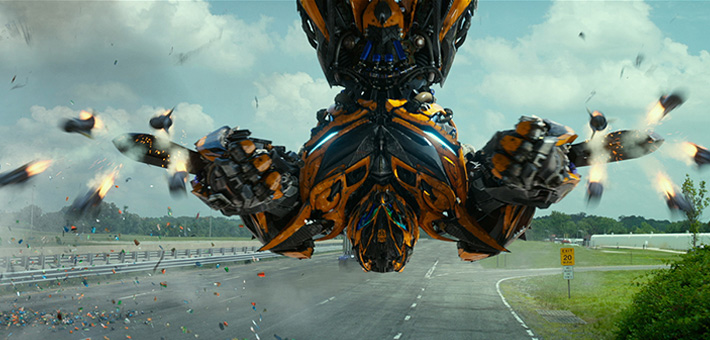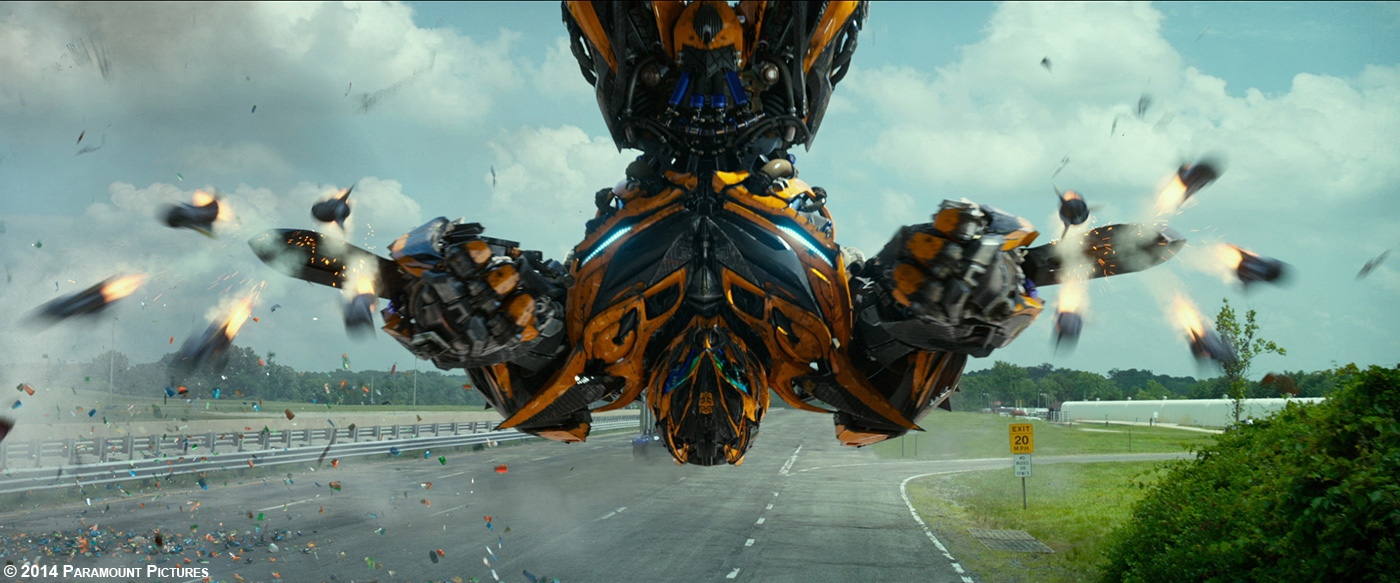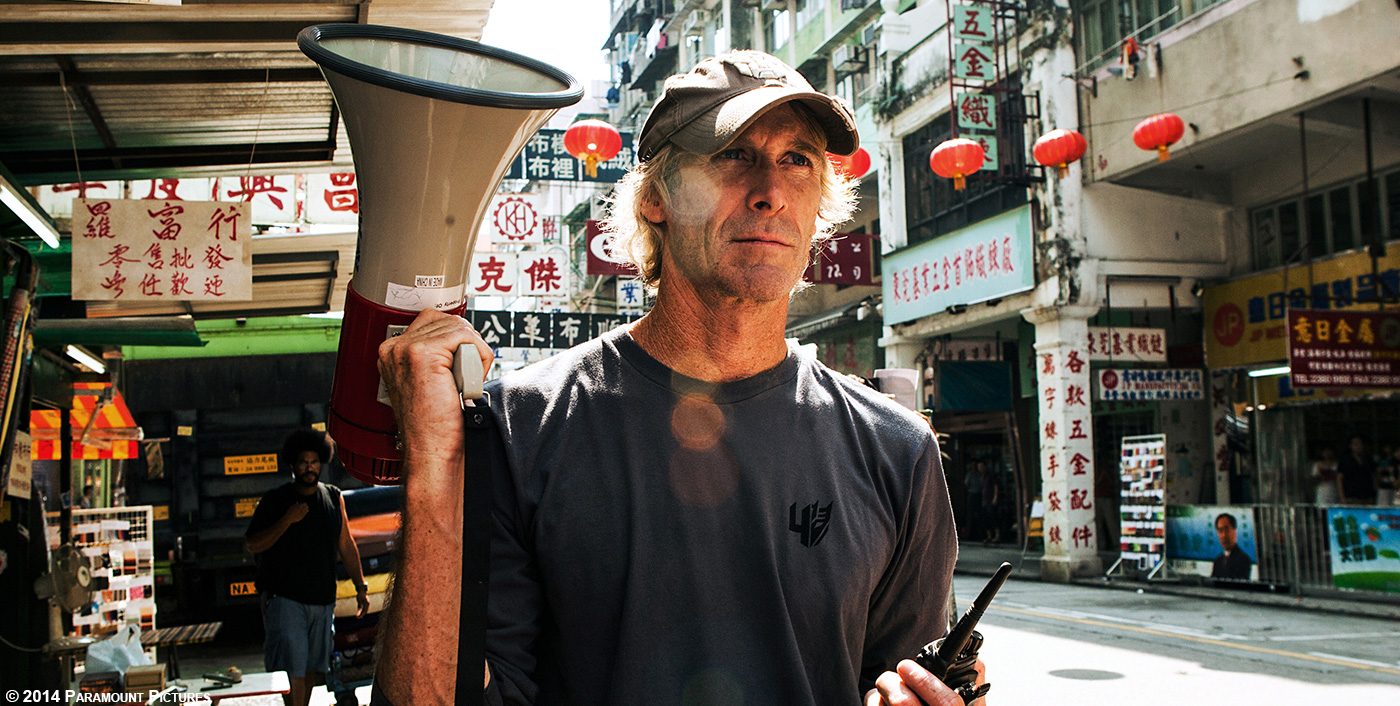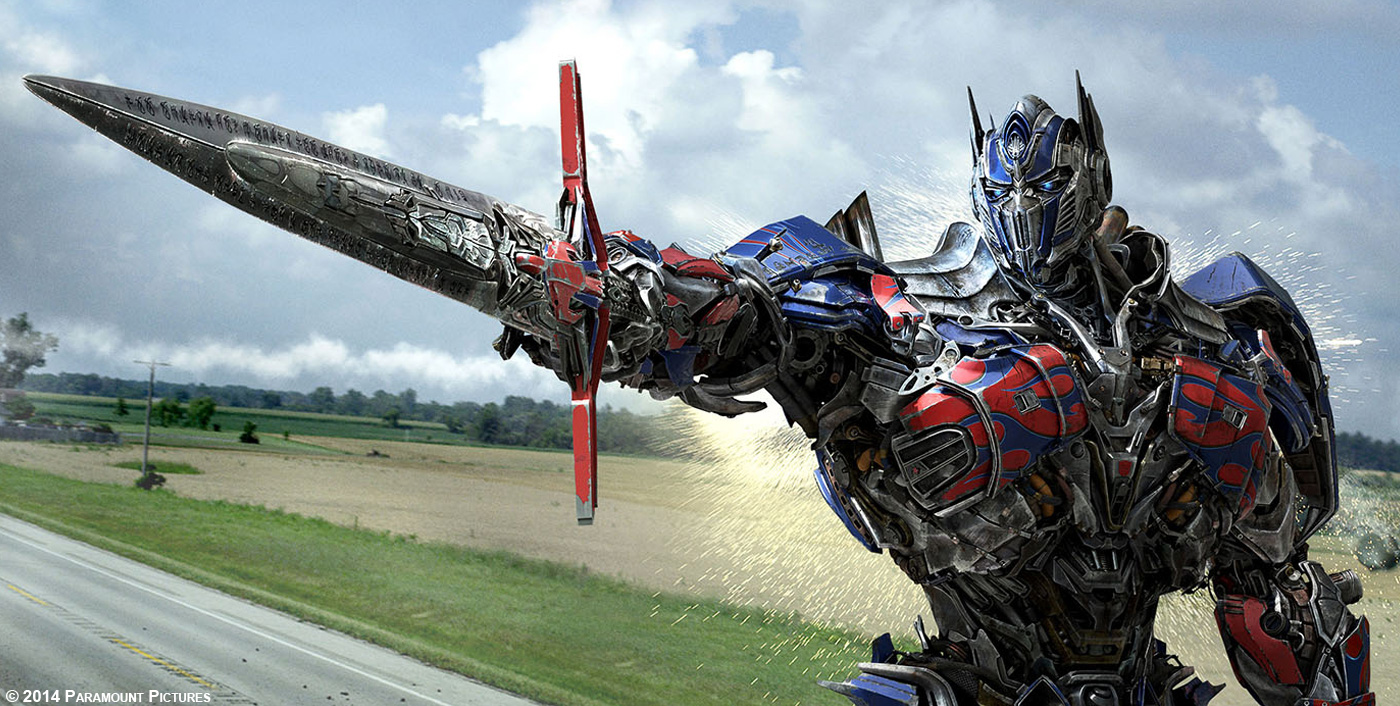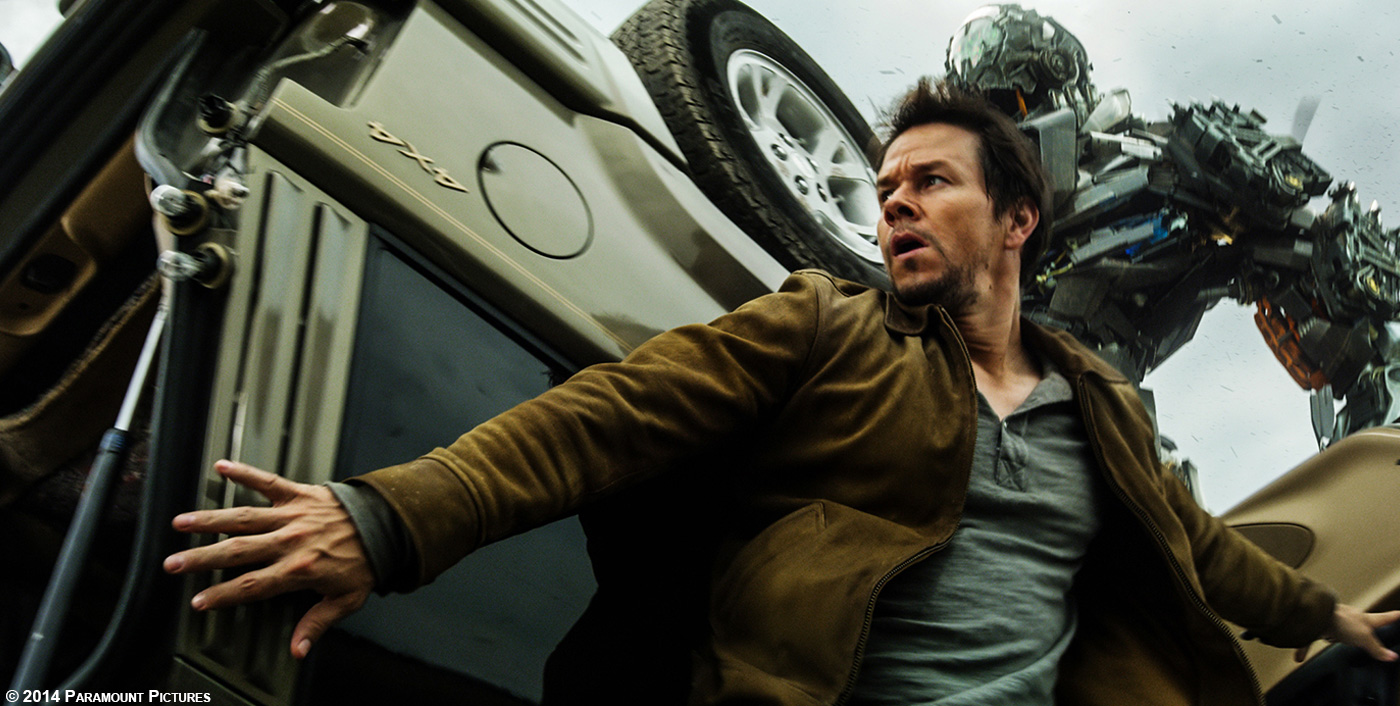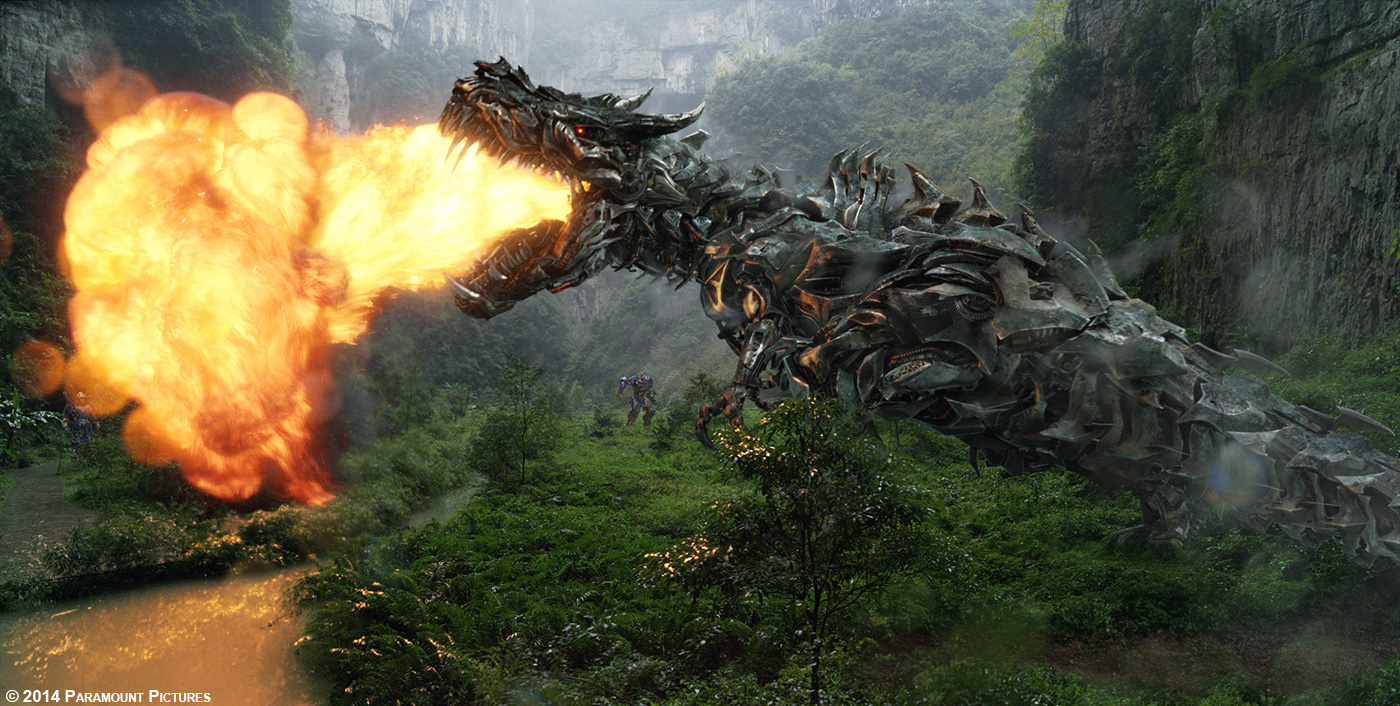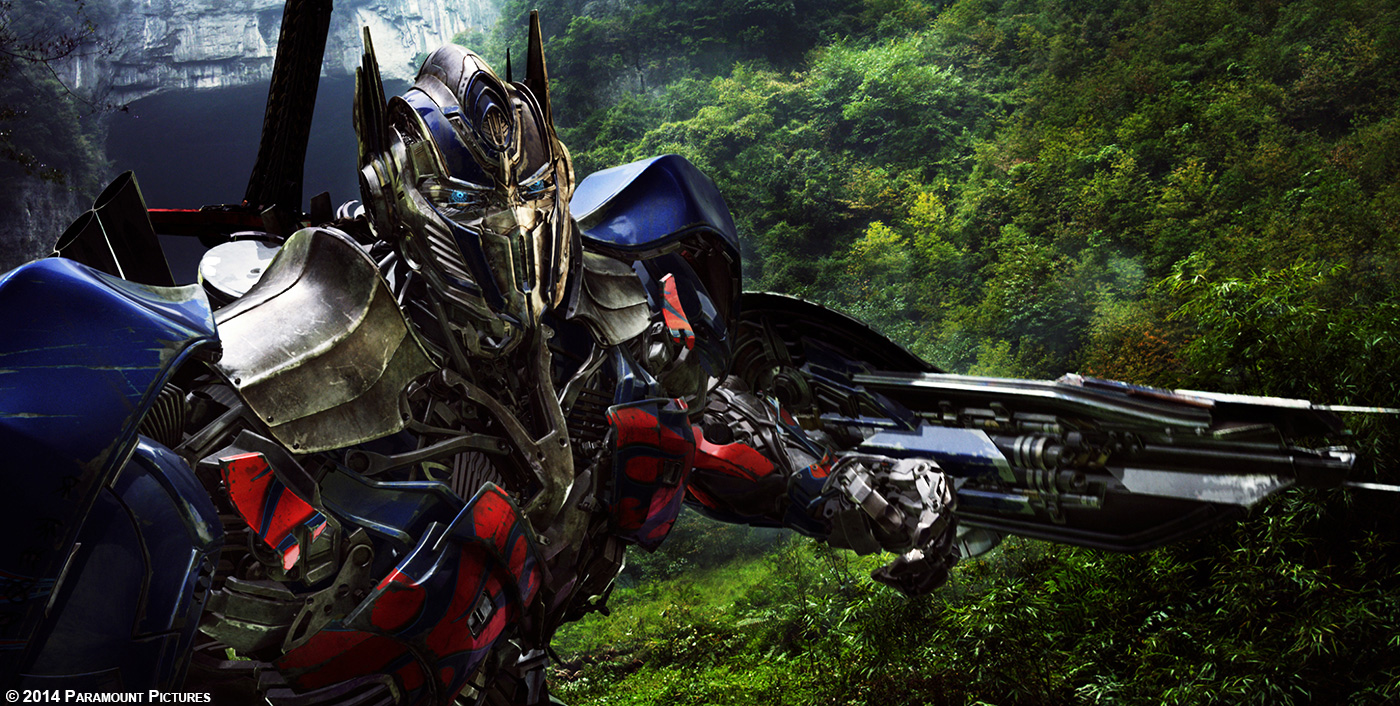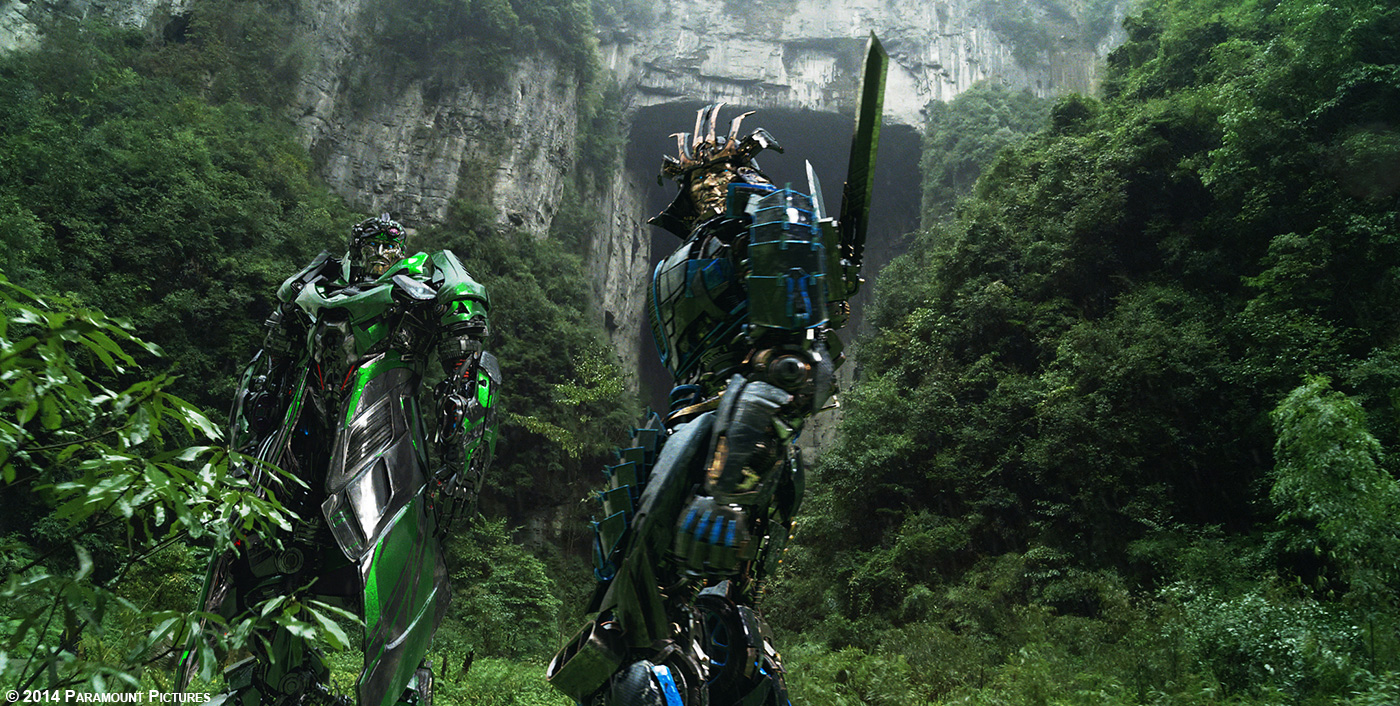Rick O’Connor began his career in the visual effects at ILM more than 15 years ago with STAR WARS: EPISODE I – THE PHANTOM MENACE. He then worked on films such as VAN HELSING, WAR OF THE WORLDS, all the TRANSFORMERS films or STAR TREK.
What is your background?
From a very early age I was interested in visual effects for movies. The Hoth battle from EMPIRE STRIKES BACK was my greatest inspiration. I wanted to do that! The problem was I was from a small farming community in Canada where there wasn’t a clear path to movie making. I attended a high school with an intense four year visual art program. The selling point for me wasn’t learning to paint (which to this day I’m still terrible at) or the importance of art history, it was that they offered a lesson on Claymation. During high school I taught myself how to observe motion and break it down into posses and timing well enough to create a collection of flip books.
After High School I was accepted to Sheridan College in Canada where they had a three year 2D animation program taught by industry professionals. At this point I resigned to the fact that I would never work on live action films since I was learning 2D animation… and I was pretty terrible at it at first. It wasn’t until the third year that things suddenly clicked. I finally fully understood the art of motion. I had my eyes set on becoming a Disney animator. JURASSIC PARK had been released and I knew that I would never, ever work on a live action film because at this point Stop Motion gave way to computer animation. CG was a new way to create art and I had just finished learning how to do it the old way, plus I had never touched a computer before in my life.
Fast forward to a year later and I was at ILM learning how to navigate through a computer. It took about two weeks to understand how to apply my animation training to a 3D world and I have never looked back.
How did you get involved on this show?
Scott Benza has worked with Michael Bay since the 2001 movie PEARL HARBOR and developed a strong working relationship. When the first TRANSFORMERS film was awarded to ILM Michael Bay wanted Scott to be his animation director. Scott then asked for me to be brought onto the show assigning me as a lead animator where I would keep watch over certain sequences of the movie.
I have been involved with all of the TRANSFORMERS movies with my responsibilities growing with each one.
Can you tell us more about your collaboration with the director?
The TRANSFORMERS films are unlike any other project I’ve worked on. Scott Benza and myself are brought on very early to help Michael Bay design many of the action sequences. He’ll give us an idea of what he’s interested in doing and then we go to work creating previs, a roughly animated way to create sequences quickly. We design interesting shots, action beats, gags, etc. We’ll put together entire action sequences and review it with Michael. He’ll cut some stuff out, add in new ideas and many times he builds on top of ideas we present to him. He’ll take what we do and make them epic! Sometimes he has a single shot in mind for a sequence and we build something around that moment. He has a tremendous imagination and it is a lot of fun to brainstorm with him because he appreciates our creative input.
During post production we work with Michael on many fronts beyond simply animation. We offer editing solutions, dialog ideas and we continue to refine full CG shots with him. Then we have the traditional animation tasks where we work with Michael in figuring out the personalities of all the new robots. AGE OF EXTINCTION was particularly fun since most of the robots are fed up and in a bad mood including Optimus. During movie one Scott and myself took great care in designing the way Optimus acts and how he carries himself. In this one we were able to break that mold for the first half of the film when Prime is in a very dark place emotionally.
What was your approach on this new project?
At first we wonder what we can do that’s different and fresh. After three movies you think, « Well, that’s it, we did everything we can do with the robots. » The advantage to this movie is that everything is new including the designs of Bumblebee and Optimus. We have new Autobots, new Villains and of course the introduction to the Dinobots. Michael also had ideas for new exotic locations to film in plus and entire location that it fully CG within the Knightship. This all lends itself nicely to bringing freshness to the series.
Michael’s main concern is audience enjoyment and we take that to heart as well. For this film he wanted to take the viewer on a fun roller coaster ride through Chicago. We developed a dynamic spaceship chase where the audience rides along with the heroes so they can feel the speed of the ship as it rocks and rolls through the buildings and river.
How did you approach the new Transformers such as Lockdown, Hound or Drift?
Lockdown was a fun villain to explore. He’s a bounty hunter with no real allegiance to anyone except the highest bidder. We approached him as if he were a calm gunslinger. He’s good at what he does and he knows it. What was unique about him is that he isn’t sent to kill Optimus, just capture him so that posed an interesting challenge. What will his fights with Optimus feel like where he’s pulling his punches and not trying to kill him? We worked closely with one of Michael’s fight choreographer named Garret Warren. He came for a 2 day visit where we designed the final Optimus/Lockdown fight. Garret and his team came up with some brilliant fight moves that are designed to take an enemy down hard, but not kill them. It was an exciting experience collaborating with those guys.
Lockdown has a lot of lines in the movie and emotions ranging from disinterest to mocking to rage. We built his face performance using Lockdown voice actor Mark Ryan’s line read as reference. Mark would do multiple takes of each line which were all video recorded. We could pick the best moments and blend them into one take. This helped find the appropriate facial shapes right down to a neat twitch in the face that we may not have thought of adding. The reference of the actor is crucial to help find the nuances of a performance.
Hound is my favorite of the new Autobots. He’s a grumpy, smack talking walking armory. Michael packed Hound up with so many weapons that as he walks around he’s always spilling out bullets and grenades. We had an idea of what Hound’s personality was pretty early on in production, but when John Goodman was cast as his voice the character really hit home. We would animate Hound to a temp voice track before Goodman was hired so we would then alter the performance to better fit with John’s booming authoritative voice. Leading into the final battle of the movie Michael wanted Hound to use every single one of his weapons right down to his cigar which happens to be a bullet. We spent about a month designing the Hound fight and came up with a lot of unique ways for him to use up his weapons. The previs lasted about 4 minutes which doesn’t sound long, but in a movie it feels like forever so Michael picked his favorite moments of the previs and filmed it for the movie.
Did you received any specific indications for Lockdown and the Dinobots by Michael Bay?
The most important thing Michael wanted out of the Dinobots is that they weren’t lumbering lizards. These things are alien warriors that can do things that a real dinosaur couldn’t do. They are athletic even though they are huge. When Grimlock jumps he’s like a breaching whale, his jaws can lunge out like a shark when he bites, his teeth have the ability to rotate and grow longer. His nose and horns aren’t always stiff and he breaths fire. Everything about him and the other Dinobots needed to say, « We may look like a Dinosaur, but we are way more than that! » The animation crew had a great time figuring out how to meet that mandate and I think the kids are going to love how the Dinobots turn out.
Have you changed the way you created the many transformations?
In this movie we have our first ‘Triple Changer’. Drift is a Samurai Autobot who turns into both a small helicopter and a Bugatti. There’s only one shot that features the triple change, but we hope to do more with him in the future. We also have a new type of transformation in this film. The KSI transformation where the pieces flow across the air in an organic looking dance from one form to the other. This allows the robots to travel a great distance during their transformation, plus it’s a visual wonder. The transformation itself was handled by John Hansen, the effects supervisor. The animator would provide the start and end position for both the robot and car, plus the gross motion of both items. The robot and vehicle would be tied together and the animator would have them both spinning around in the air to help guide the actual transformation. John’s team would then cut up both the robot and the car into tiny pieces and then apply their custom technique to create the KSI transformation.
Can you explain in details about these transformations?
I can honestly say that I have no idea how John Hansen and his team created the KSI transformations! What I can say is that it takes an army of people to make these films and we all have our strengths. KSI transformations were incredibly complex and time consuming and our technical directors really had their work cut out for them with these particular effects.
What is the main challenge with the transformations?
Each transformation is unique for every shot. We may grab a Transformation from one shot to use as a starting point in another but at the end of the day it needs to be heavily customized to work with the poses of the character. This requires a unique set of cuts to be added to the car and robot for each transformation. Most of the time it is better to just start a fresh transformation for a new shot. The biggest challenge on movie 4 is that the robot designs had less car parts on them this time around so finding a resting place for the car parts during a transformation was tricky. Luckily many of these parts could drop out of frame and we could just turn them off. Other times we’d need to find a clever way to slide the car pieces under the robot body panels.
Was there a shot or a sequence that prevented you from sleep?
Every sequence had its moment which gives us stress. As Scott (Benza) put it, « we spend the entire day playing Whack-a-Mole. » Once one tough issue is resolved three more pop their heads up. We’re always pushing ourselves to come up with a cooler idea. We usually always throw away our first idea thinking « If that’s the first idea then it’s too easy, what can we do that’s unique? » We’ll brainstorm with the animators and decide on the best way to handle a fight move or a subtle acting decision. We pour over every single detail in order to find the best option for a shot.
What do you keep from this experience?
I love working on these films. The TRANSFORMERS movies are very challenging, but I love that Michael looks to the artists for solutions on how to improve ideas. Ultimately, this is Michael’s movie and we’re working to meet his vision, but he appreciates what we bring to the table. It is our childhood dream to do what we’re doing and to have your ideas end up on the big screen is pretty rewarding. Even better is listening to people enjoying the film in the theatre. When an audience cheers at the end of a film it feels great knowing they had a fun time for a brief moment in their lives.
How long have you worked on this show?
I was on TRANSFORMERS: AGE OF EXTINCTION for about a year and a half, maybe a little longer.
How many shots have you done?
Because I was in a supervisory role this time around, this is the first time that I don’t have a single completed shot on a TRANSFORMERS film. I would block in some shots to quickly get Michael’s reaction to ideas and shot composition. Once approved I would assign it to a member of my crew to make it movie ready.
Scott Benza and myself had such a huge crew that we were constantly reviewing work and could have never been able to take a shot from blocking to final ourselves.
What was the size of your team?
We had about 80 animators at the high point of production. We had artists in San Francisco, Singapore and Vancouver. Animation for this show was being worked on 24 hours a day between the three facilities. We have about 90 minutes of work in the final movie. That’s a lot of shot reviews for Scott and I to get through!
What are the four movies that gave you the passion for cinema?
The four on continuous loop in the old VHS days were:
EMPIRE STRIKES BACK
JAWS
RAIDERS OF THE LOST ARK
ALIENS
A big thanks for your time.
// WANT TO KNOW MORE?
– ILM: Official website of Industrial Light & Magic.
© Vincent Frei – The Art of VFX – 2014

